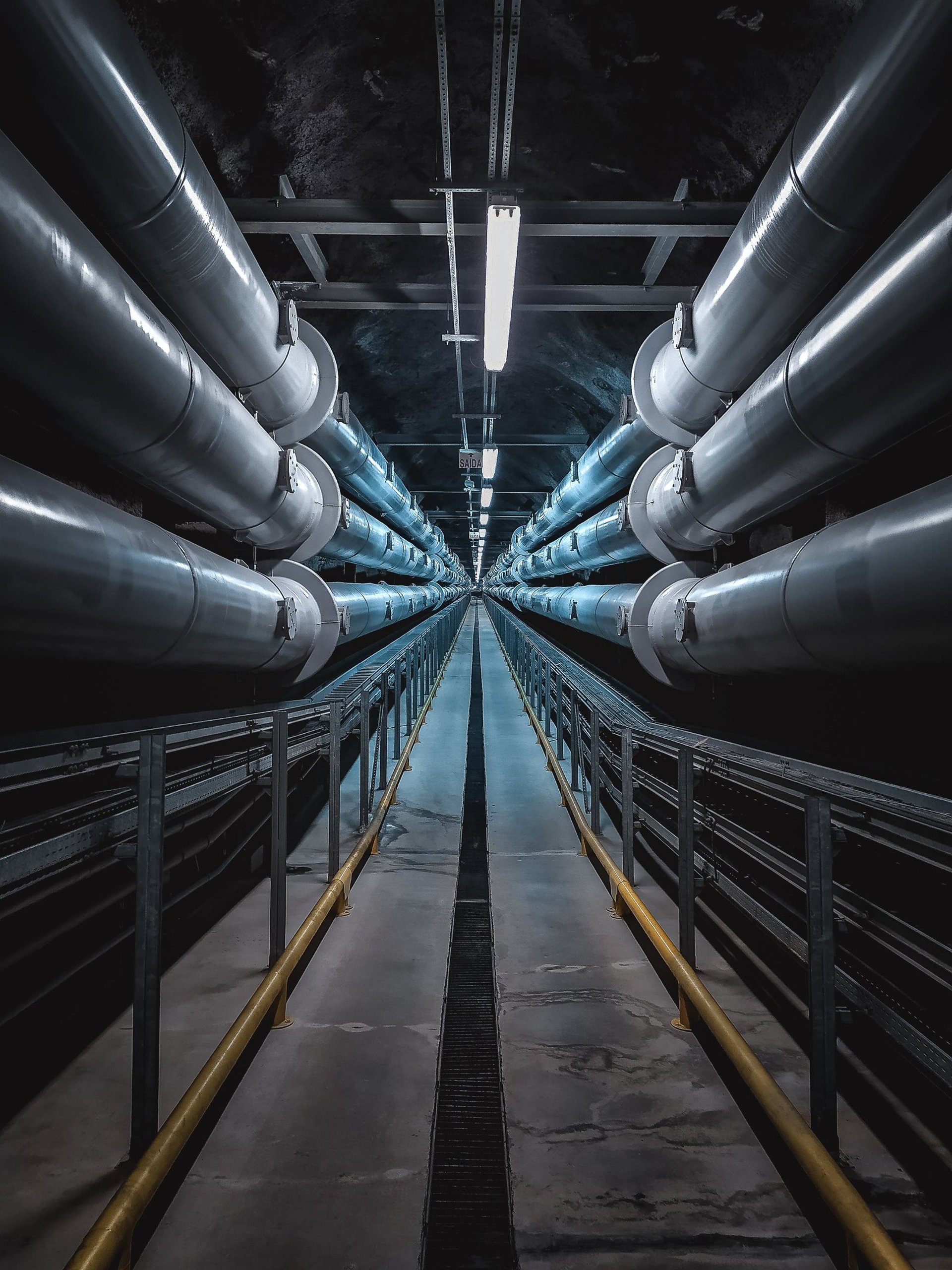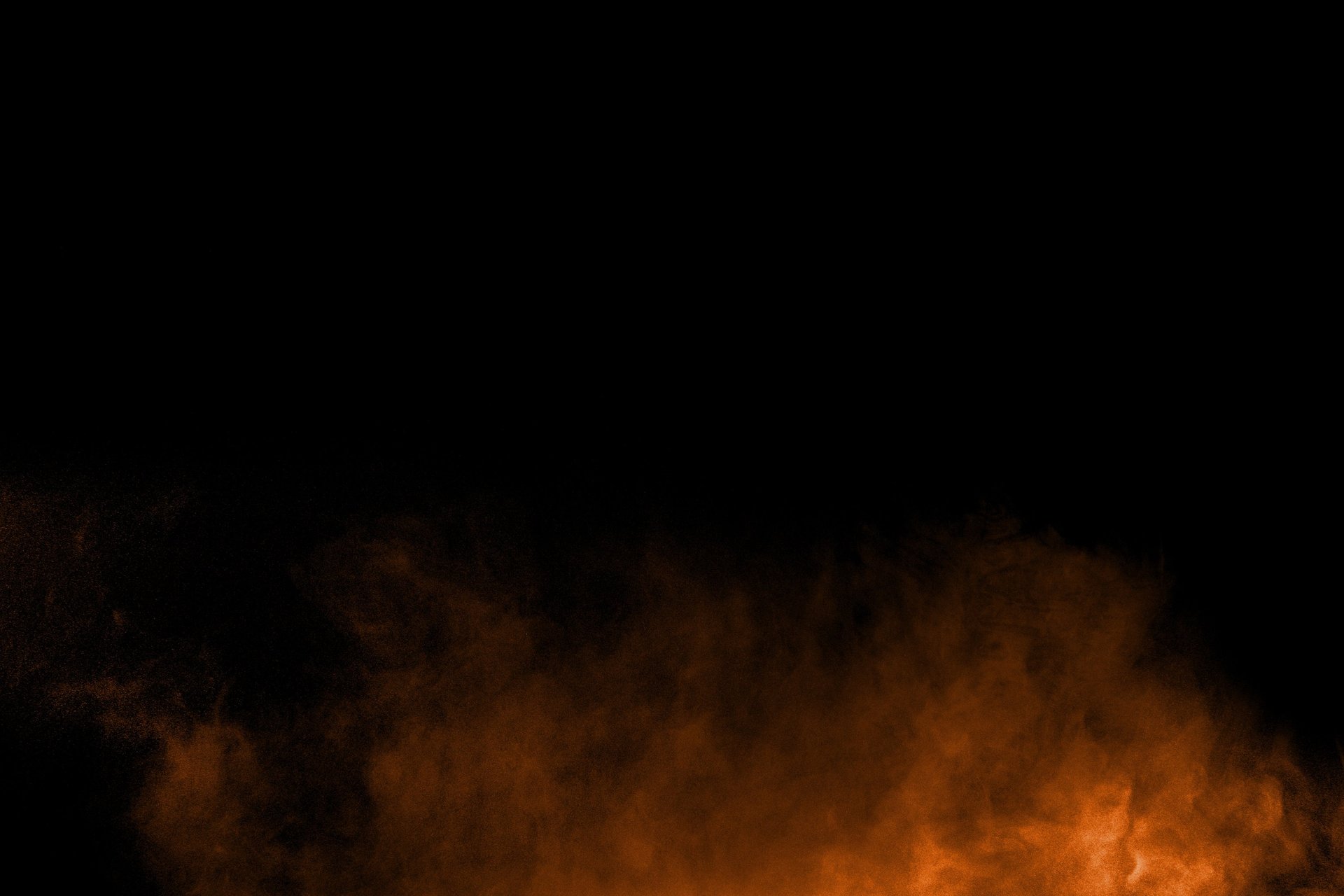
Technical Library
Engineering knowledge for industrial insulation.
Explore verified materials, standards, and installation practices — from cryogenic to high-temperature applications.
STANDARDS & NORMS
ISO 12241 – Thermal insulation for equipment and industrial installations – Calculation rules for heat transfer, insulation thickness, and energy efficiency evaluation.
ISO 13787 – Determination of declared and design thermal conductivity of insulation materials.
EN ISO 10211 – Thermal bridges and heat transfer in industrial assemblies (applied in cryogenic design).
Industrial insulation performance is governed by international standards that ensure safety, efficiency, and long-term durability.
Quadra Tech aligns all design, fabrication, and QA/QC practices with the following key ISO, EN, and ASTM references:
Thermal Design & Calculation
Product & Material Standards
EN 14303 – EN 14314 – Product standards for mineral wool, PIR, phenolic, and cellular glass insulation.
EN 14305 – Elastomeric foam insulation (FEF), defining performance and λ-declaration at 40 °C.
EN 14306 – Calcium silicate and microporous insulation products.
ASTM C552 / C533 / C591 – Specifications for cellular glass, calcium silicate, and PIR materials.
ASTM C177 / C518 – Methods for measuring steady-state thermal transmission properties.
ISO 15665 / EN ISO 15665 – Acoustic insulation and sound transmission loss in piping systems.
ASTM C920 / C921 – Standard practices for installation of thermal insulation and mastics.
EN 13468 – Determination of water absorption by partial immersion (vapor barrier validation).
EN 13469 – Thermal conductivity measurement for pre-insulated pipe components.
Installation & Fabrication
Quality, Safety & Inspection
ISO 9001 – Quality management system for manufacturing and QA/QC traceability.
ISO 45001 – Occupational health and safety management during insulation works.
EN 13501-1 – Fire classification of insulation materials and jacketing systems.
ASTM C168 – Standard terminology for thermal insulation materials (used in QA documentation).
Cryogenic & LNG-Specific References
EN 14707 – Thermal insulation for cryogenic equipment – design and installation.
EIGA Doc 144/18 – Cryogenic insulation safety guidelines for industrial gas systems.
ASTM C1729 / C1767 – Specifications for metal jacketing and moisture barrier coatings.
MATERIAL SPECIFICATIONS (VERIFIED DATA)
Cryogel Z – Aerogel Blanket (Aspen Aerogels)
Service range: −270 °C … +90 °C (some datasheets quote +125 °C max use).
λ (typical): ≈ 0.016 W/m·K @ 0 °C.
Flexible composite blanket with integrated vapor-retarder layer.
Source: Aspen Aerogels Datasheet 2021.
Pyrogel XTE – High-Temperature Aerogel
Service range: −40 °C … +650 °C.
λ (typical): 0.020 @ 0 °C → 0.089 @ 600 °C (per TDS curve).
For hot-service piping, reactors, and process vessels.
Source: Aspen Aerogels Datasheet 2020.
FOAMGLAS ONE – Cellular Glass (Owens Corning)
Service range: −180 °C … +300 °C.
λ (EN ISO 13787): 0.040 @ 0 °C; 0.046 @ 40 °C; 0.061 @ 120 °C; 0.107 @ 300 °C.
100 % closed-cell, non-absorbent, compressive strength ≈ 900 kPa.
Source: Owens Corning FOAMGLAS ONE Datasheet 2023.
TRYMER 2000XP – Polyisocyanurate (PIR) (Johns Manville)
Service range: −183 °C … +148 °C.
λ (typical): ≈ 0.027 W/m·K @ 24 °C (75 °F).
Rigid foam for cryogenic and cold-service applications.
Source: Johns Manville Datasheet 2023.
Thermo-12 Gold – Calcium Silicate (JM/IIG)
Service range: up to +650 °C (1200 °F).
λ ≈ 0.06 – 0.08 W/m·K @ 100 °C (typical curve).
Rigid, non-combustible insulation for steam and high-temperature systems.
Source: JM / IIG Datasheet 2022.
Rockwool ProRox PS Series (Stone Wool)
Typical models: PS 960 / PS 970.
λ (typical PS 960NA): 0.036 @ 38 °C; 0.050 @ 150 °C; 0.068 @ 260 °C; 0.091 @ 371 °C.
Service range varies by model (PS 970 up to ≈ 680 °C).
Source: Rockwool Technical Insulation Datasheet 2023.
Paroc Pro Section (Stone Wool)
Service range: up to ≈ +650 °C.
Binder starts to degrade around +200 °C – mechanical integrity depends on construction.
λ = typical per product TDS (Pro Section 100, WR 100, WR 140 variants).
Source: Paroc Datasheets 2024.
ArmaFlex HT / HT Industrial (Armacell)
Service range: −50 °C … +150 °C.
Declared λd ≤ 0.042 W/m·K @ 40 °C (EN 14304).
Closed-cell elastomeric foam for HVAC and cold lines.
Source: Armacell HT Industrial TDS 2024.
K-Flex ST (Flexible Elastomeric Foam)
Tube service range: −165 °C … +110 °C; sheet −165 °C … +85 °C.
λ (typical): 0.033 W/m·K @ 0 °C (≤ 25 mm thickness).
Closed-cell structure, low water-vapour permeability.
Source: L’Isolante K-Flex Datasheet 2023.
VAPOR-STOP & SEALING SYSTEMS
Vapor barrier integrity is critical for cryogenic and cold applications.
Moisture ingress leads to corrosion under insulation (CUI) and system degradation.
Typical intervals between vapor stops range 3 – 6 m, or at each break in continuity (flanges, supports, instruments, terminations).
Common systems:
Pittseal 444N – Two-part mastic for FOAMGLAS® applications.
Foster 90-66 – Flexible vapor-stop coating for cold lines.
ArmaFlex 520 – Single-component contact adhesive for FEF joints.
ULVA Plastic Lagging – UV-stable protective jacketing for outdoor use.
CLADDING & OVERLAPS
Typical jacketing: 0.5 mm Al with PSMB or 0.4 mm stainless steel; heavy-duty areas use 0.7–1.2 mm gauge.
Overlap rules: 50 mm on straight runs, up to 75 mm on large diameter elbows.
Small diameter “fish-scale” fittings typically lock mechanically (3–5 mm overlap).Expansion joints: typically 15–20 m for moderate systems, 6–10 m for high ΔT — determined by thermal expansion calculation.
QA/QC & INSTALLATION PRACTICES
Focus areas:
Stagger longitudinal joints, avoid cross-seams.
Offset multilayer joints ≥ 50 mm.
Continuous vapor-stop coverage at supports and fittings.
Clean surface preparation before cladding.
Inspection points logged per ITP.
Quadra Tech follows ISO 9001 and project-specific QA requirements.
PRACTICAL INSTALLATION TIPS
Always stagger longitudinal joints.
Avoid cross-seam alignment (four corners must never meet).
Apply vapor-stop mastics at every support and penetration.
Verify alignment before cladding closure.
Mark inspection seams for QA confirmation.

COMMON ISSUES & FIELD AUDITS
Common issues:
Misinterpreted staggering (aligned cross-seams).
Incomplete vapor-stop coverage at fittings.
Wrong cladding overlap direction → water ingress.
Incompatible adhesive/material pairing.
Improper support spacing → deformation.
Field audits:
Quadra Tech offers independent on-site audits and technical evaluations for EPC and QA/QC teams.
DOCUMENTATION PACKAGE
Each package includes:
Verified ISO / EN / ASTM standards
Manufacturer data & performance tables
Vapor-stop and coating details
QA/QC forms and templates
Quadra Tech engineering notes

FINAL REMARK
Values are typical for reference only and may vary by product variant, density, or test method.
Always verify manufacturer datasheet before use.
Quadra Tech — Delivering precision insulation solutions, engineered for performance.
